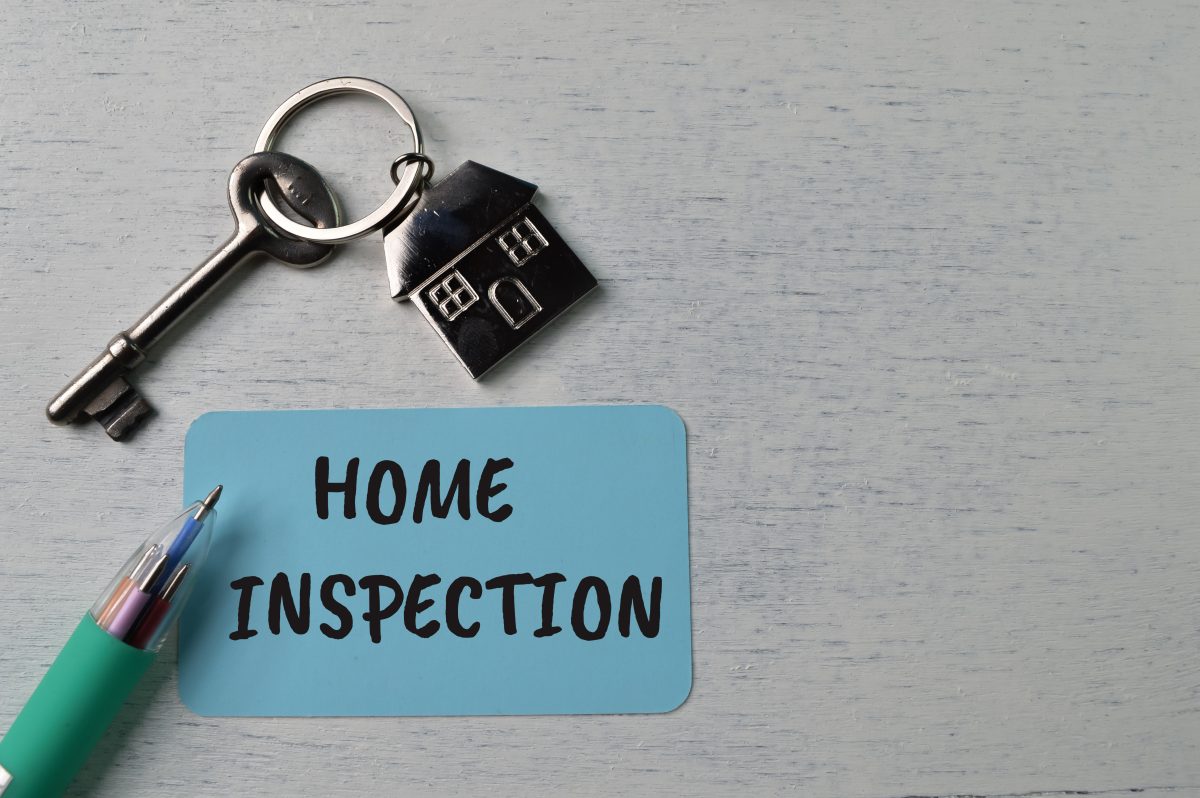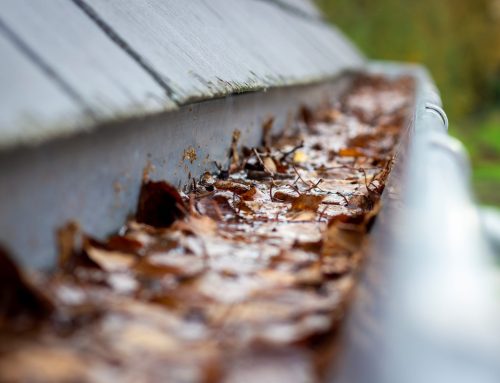Home Inspection 101

Inspection 101
In this article, we will talk about basic home inspections, hence the title Home Inspection 101.
Are you about to purchase a house? Strongly consider getting a home inspection first. It can be a valuable bargaining tool. Depending on where you buy your house, the law varies as to whether the seller or buyer is responsible when disclosing or checking the property’s condition. As a result, in some states, that responsibility is placed on the buyer, which states, “Let the buyer beware” or “Caveat Emptor” in Latin. At the same time, other states require the seller to disclose any damage, defects, or hazardous conditions.
Inspection Challenges
For most people, a home purchase is a significant expense, so the cost of an inspection is worthwhile. Based on the findings of an assessment, a buyer can use them to negotiate the selling price. The seller and buyer may agree to lower the selling price or get the item in question repaired or replaced. The buyer can walk away from the contract if they cannot arrive at a resolution.
Inspection: As a Buyer
As a buyer, a few benefits of getting a home inspection done are; that you gain negotiating leverage, determine if there are any hidden problems, and provide a list of minor issues for you to tackle in the future. It can give you peace of mind.
An inspector should verify the structural and mechanical integrity of the home and systems. An inspection can uncover damaged or defective items and safety issues.
Inspection List 101
An inspector should focus on the following items:
- The Roof
- Electrical System
- Plumbing
- Foundation
- Mold
- Window and door issues
- Asbestos or lead paint
In your self-interest, it is advisable to hire your contractors personally if there are any repairs. The seller might be inclined to skimp on the repairs to save money.
The industry uses the acronym WDO which stands for wood-destroying organisms. Termites, carpenter bees, carpenter ants, and other pests are in this category. You will want to get the home inspected for WDOs as well. I purposely left it off the list of items an inspector should focus on checking. A specialized inspector should be used for this task. Get someone who specializes in these sorts of home invasions.
Termite and Ant Anatomy 101
People often confuse termites with ants. If you have never seen a termite, note the following differences between the two for instant identity. This knowledge will either calm your nerves or tell you the problem may be severe. Ants have three distinct body parts, the head, thorax, and abdomen. They have what some call a pinched waist. Technically, this is a very narrow segment between the thorax and abdomen.
In contrast, a termite has a uniform body with less distinct body parts. The limited segment between the thorax and abdomen is not present on the termite as it is for an ant. They also have a straight antenna, whereas ants have an elbowed antenna.
Naturally, the cost of a home inspection can vary depending on many factors, including the age of the home, square footage, systems in the house, and even the property’s location. For instance, a home inspection in smaller, rural areas of Colorado will usually cost $250-$350. While the same examination in Denver, Colorado, can cost anywhere from $300-$600.
If you are in the market for a Colorado home, contact Marie Raines in Longmont, Colorado, telephone number 720-334-5337. She will help you navigate the inspection process and find the right home for you.





